The SpaceX and Tesla CEO made the announcement of two beta tests — one public and one private — on Twitter Wednesday night.
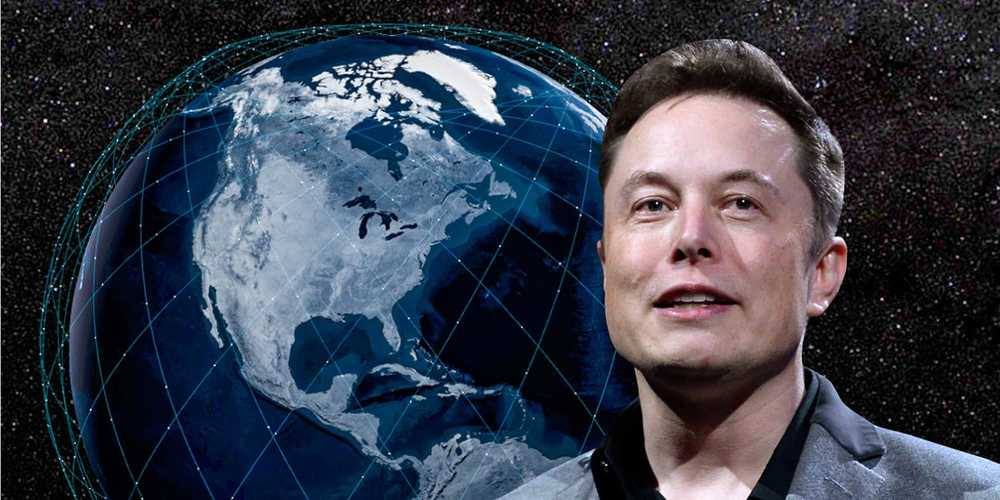

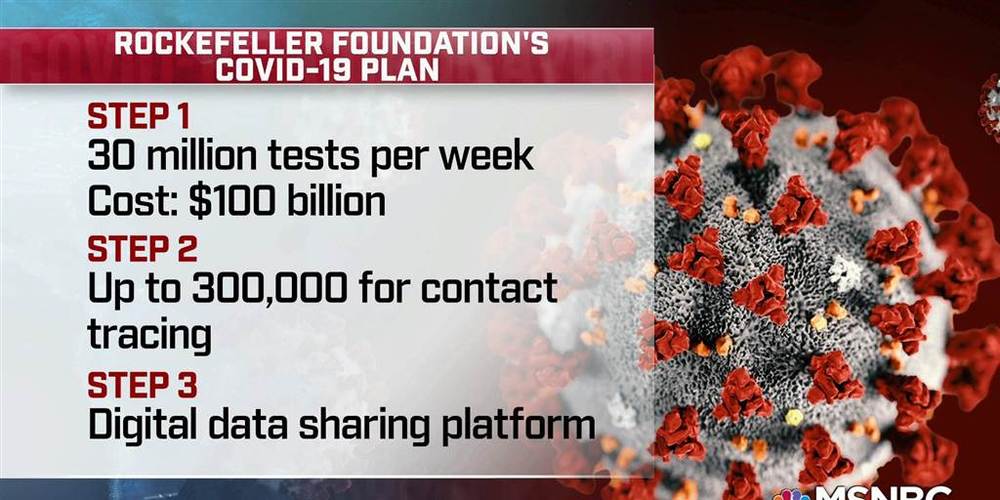
The Rockefeller Foundation releases an ambitious new proposal to test 30 million people a week, employ up to 300,000 contact tracers, and establish a digital data sharing platform. Rajiv Shah, President and CEO of the Rockefeller Foundation, and Dr. Kavita Patel, former health policy director in the Obama White House, join Andrea Mitchell to discuss this and other plans to reopen the country. April 22, 2020.
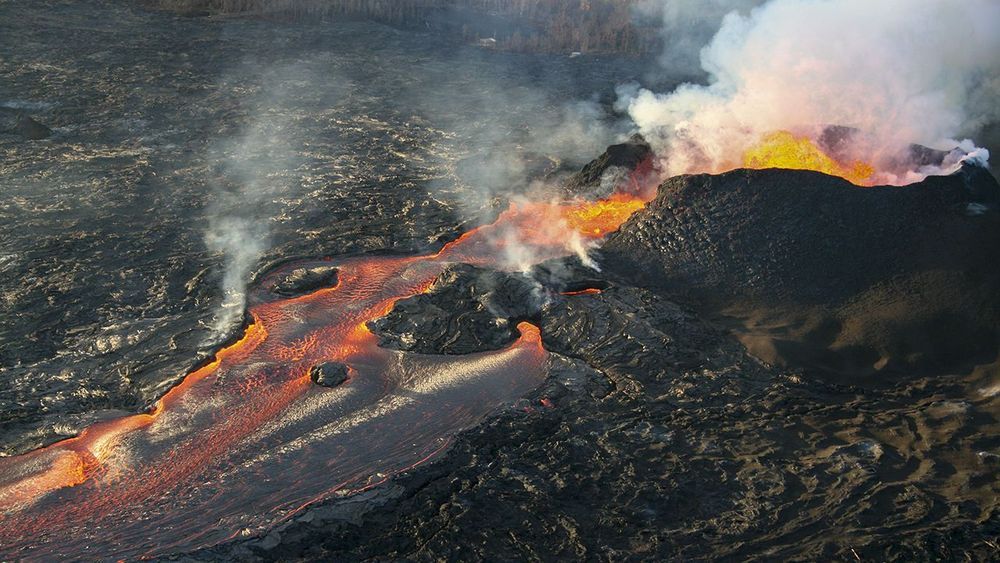
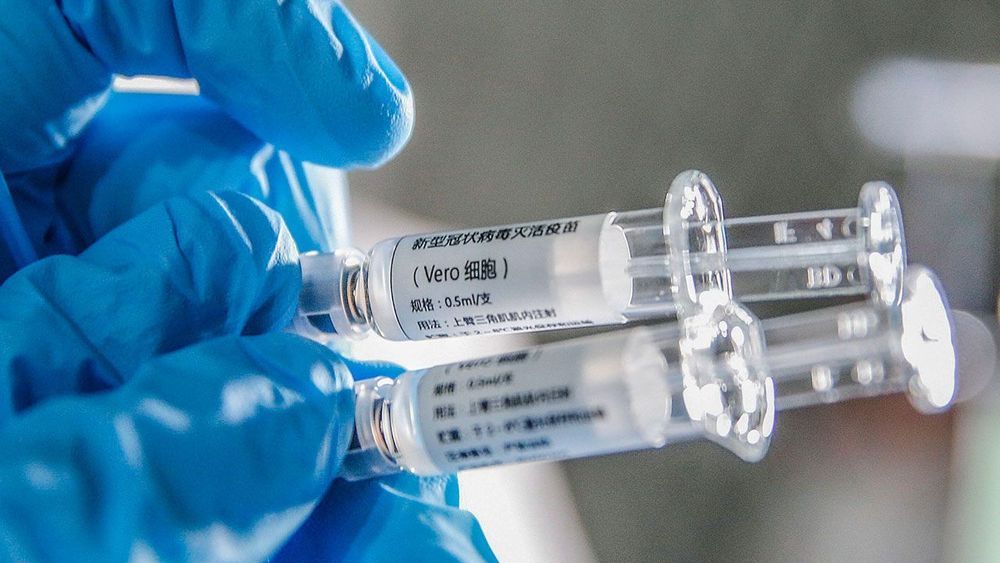
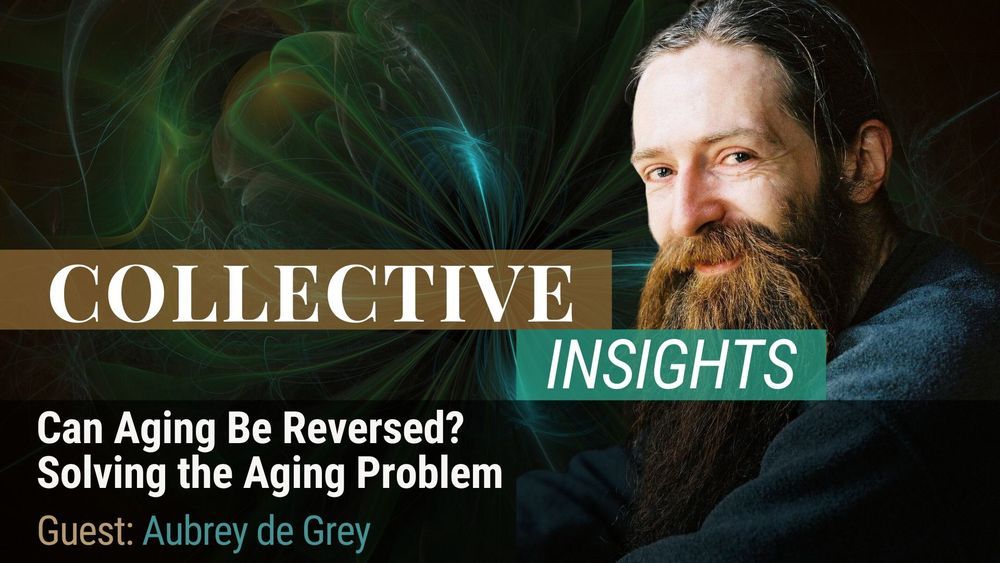
A transcript for this episode is available online in blog form at Transcript: Aubrey de Grey Interview on Solving the Aging Problem.
Imagine a world where we live to 130, 150 or 500 years old. Anti-aging pioneer, Dr. Aubrey de Grey, joins us to share his confidence in how technology will dramatically extend human lifespan. He joins our host, Heather Sandison, ND, to look at aging as a problem to be solved. In this episode, Dr. Aubrey de Grey offers hope to people looking for cutting-edge therapies to live longer. We discuss:

:ooooo.
Most research about the genetics of schizophrenia has sought to understand the role that genes play in the development and heritability of schizophrenia. Many discoveries have been made, but there have been many missing pieces. Now, UNC School of Medicine scientists have conducted the largest-ever whole genome sequencing study of schizophrenia to provide a more complete picture of the role the human genome plays in this disease.
Published in Nature Communications, the study co-led by senior author Jin Szatkiewicz, PhD, associate professor in the UNC Department of Genetics, suggests that rare structural genetic variants could play a role in schizophrenia.
“Our results suggest that ultra-rare structural variants that affect the boundaries of a specific genome structure increase risk for schizophrenia,” Szatkiewicz said. “Alterations in these boundaries may lead to dysregulation of gene expression, and we think future mechanistic studies could determine the precise functional effects these variants have on biology.”
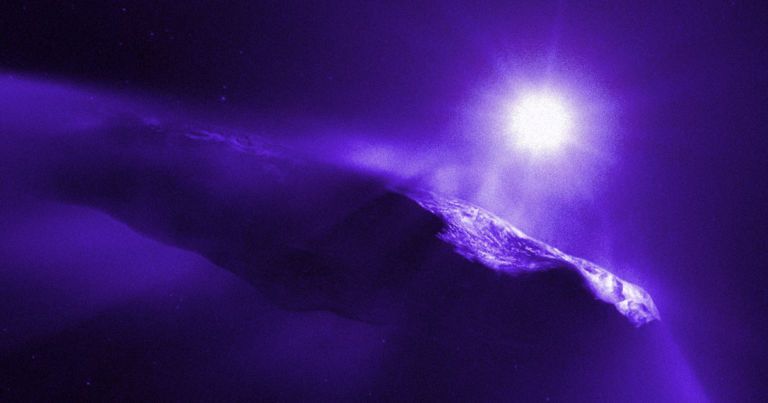
We have seen before🤔🤔.
Observations suggest that its home star system could resemble our own. NASA scientists have even suggested that the object may hold water.
Now, a new study by an international team of researchers led by NASA has revealed something highly unusual: gas emanating from the comet contained unusually high amounts of carbon monoxide — up to 26 times higher than that of the average comet.
“This is the first time we’ve ever looked inside a comet from outside our solar system and it is dramatically different from most other comets we’ve seen before,” Martin Cordiner, astrochemist at the NASA Goddard Space Flight Center and lead author of the study published in the journal Nature Astronomy said in a statement.
A marimba-playing robot with four arms and eight sticks is writing and playing its own compositions in a lab at the Georgia Institute of Technology. The pieces are generated using artificial intelligence and deep learning.
Researchers fed the robot nearly 5,000 complete songs — from Beethoven to the Beatles to Lady Gaga to Miles Davis — and more than 2 million motifs, riffs and licks of music. Aside from giving the machine a seed, or the first four measures to use as a starting point, no humans are involved in either the composition or the performance of the music.
The first two compositions are roughly 30 seconds in length. The robot, named Shimon, can be seen and heard playing them here and here.


It is now possible to use a cheap, lightweight and smartphone-powered DNA detector to identify DNA in blood, urine and other samples, on the spot.
At the moment, testing to identify DNA is done in laboratories using expensive, specialised equipment. To make this process faster and cheaper, Ming Chen at the Army Medical University in China and his colleagues developed a portable DNA detector made of 3D-printed parts that attach to a standard smartphone.